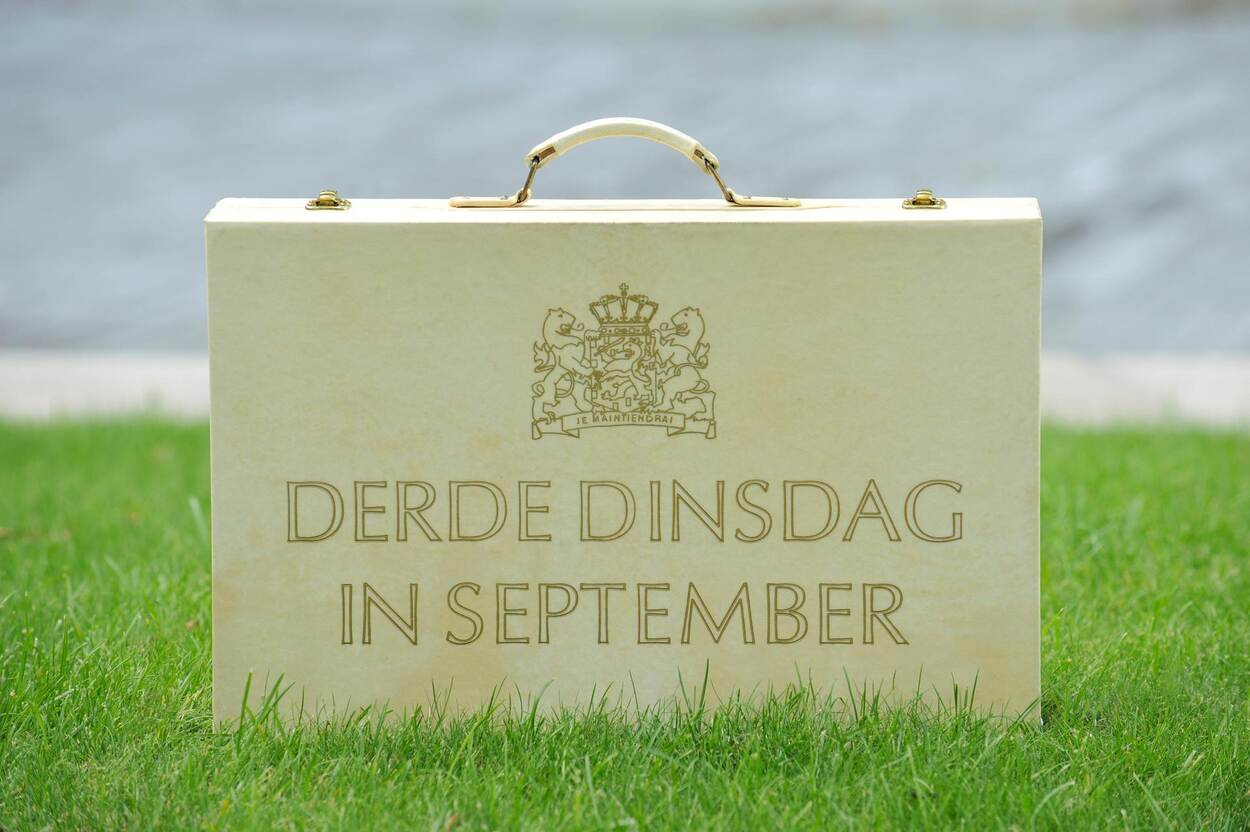
News Update Tax & Transfer Pricing
Top 10 things you need to know about Pillar Two – Q&A
24 december 2021
After intensive work and negotiations, members of the OECD/G20 Inclusive Framework ("IF") on Base Erosion and Profit Shifting ("BEPS") have agreed on a two-pillar solution to establish a new framework for the international tax system.
On 20 December 2021, the OECD published detailed rules ("Model Rules") to help implement the second pillar: Pillar Two. On 22 December 2021, the Model Rules were followed by the European Commission's proposed directive on the implementation of Pillar Two within the EU. This Q&A focuses on how Pillar Two will affect multinational enterprises ("MNEs").1. What is Pillar Two?
Pillar Two adds to the existing measures against tax avoidance, introduced under the OECD/G20's BEPS project. It introduces a set of new rules for MNEs to pay a minimum effective tax rate of 15% on business profits to ensure a fairer tax system.
2. Why is Pillar Two important for MNEs?
Firstly, Pillar Two is expected to significantly impact MNE's total tax burden. Secondly, it is expected to bring additional administrative burden, which MNE groups will need to budget for. They might also need to reconsider the organisation of their internal tax teams and further adopt tax technologies for modelling purposes. Thirdly, traditional structures that allowed MNE groups to benefit from differences in tax rates between countries will no longer be sufficiently beneficial.
3. Why are the Model Rules important for MNEs?
The Model Rules are an agreed set of rules, providing governments with a precise template to implement Pillar Two. The rules define the scope and set out the mechanism for the Global Anti-Base Erosion ("GloBE") Rules under Pillar Two. MNE groups will have to understand the Model Rules' mechanism and impact, as they will form the basis for implementing Pillar Two.
4. What is the scope of Pillar Two?
The GloBE rules will apply to all MNEs with an annual group revenue of EUR 750 million or more in at least two of the four fiscal years preceding the relevant fiscal year. The Pillar Two models do not apply to government entities, international organisations, non-profit organisations and pension funds. Nor do they apply to investment funds and real estate investment vehicles that are the ultimate parent of a multinational group.
5. What are the new set of rules covered by Pillar Two?
The rules are grouped in two main categories:
- The GloBE rules, which comprise two interlocking domestic rules: (i) an Income Inclusion Rule ("IIR"), which imposes top-up tax on a parent entity for the constituent entity that is subject to an effective tax rate ("ETR") below the 15% minimum rate; and (ii) an Undertaxed Payment Rule ("UTPR"), which denies deductions or requires an equivalent adjustment to the extent the low tax income of a constituent entity is not subject to tax under an IIR; and
- A treaty-based rule ("Subject to Tax Rule") that allows source jurisdictions to impose limited source taxation on certain related party payments subject to tax below the minimum rate. The Subject to Tax Rule will be creditable as a covered tax under the GloBE rules. The IF is currently developing the model provision for the Subject to Tax Rule, together with a multilateral instrument for its implementation, to be released in early 2022.
6. How do the Model Rules determine the top-up tax?
The Model Rules contain provisions to calculate the ETR in each jurisdiction where the multinational entity operates. This requires a calculation of (i) the income based on financial accounts and (ii) the tax on that income, based on a common definition of covered taxes. These covered taxes include the taxes recorded in the financials accounts of a constituent entity, taxes on actual and deemed distributed profits, taxes imposed in lieu of a generally applicable corporate income tax and taxes levied by reference to retained earnings and corporate equity.
The top-up tax is calculated as the difference between the MNE's ETR for each jurisdiction and the 15% minimum rate. The top-up tax percentage is applied to the jurisdictional GloBE income, after deduction of the substance-based income exclusion for that jurisdiction (see also question 8).
7. How will the mechanics of the IIR and UTPR work in practice?
The top-up tax is first imposed under the IIR on a parent entity with an ownership interest in the low-taxed constituent entity. The IIR is primarily applied at the level of the ultimate parent entity and works its way down the ownership chain. This means that if an ultimate parent entity is not subject to tax under the IIR, the next intermediate parent in the ownership chain will need to pay the IIR tax associated with the low-taxed constituent entity.
If there is any residual amount of top-up tax that remains unallocated after the IIR applies, the UTPR allocation mechanism functions as a backstop and results in a liability to top-up tax in the jurisdictions that introduced the UTPR. The UTPR allocates top-up tax from low-tax constituent entities including those located in the jurisdiction of the ultimate parent entities. The share of the top-up tax is calculated based on a formula proportionate to the relative share of assets and employees.
8. Do the Model Rules provide for any carve-outs?
Yes. The GloBE rules will provide for a de minimis exclusion for those jurisdictions where the MNE has (i) an average GloBE revenue of less than EUR 10 million and (ii) profits of less than EUR 1 million, computed on a three-year average basis. The top-up tax for the constituent entities located in those jurisdictions shall be deemed to be zero.
Furthermore, the GloBE rules will provide for a formulaic substance-based carve-out that will exclude a 5% income of the carrying value of tangible assets and payroll. In a transition period of ten years, the amount of income excluded will be 8% of the carrying value of tangible assets and 10% of payroll, declining annually by 0.2 percentage points for the first five years, and by 0.4 percentage points for tangible assets and by 0.8 percentage points for payroll for the last five years until the carve-out rate reaches to 5% in 2033.
9. Do the Model Rules provide for any other transition rules?
Yes. The GloBE rules will set out an exclusion from applying the UTPR for MNE groups that have a maximum of EUR 50 million tangible assets abroad and constituent entities in no more than six jurisdictions. This exclusion is limited to a period of five years after the MNE group falls within the scope of the GloBE rules for the first time. For MNE groups that fall within the scope of the GloBE rules when they come into effect, the period of five years will start when the UTPR comes into effect.
10. What is next and when will MNE groups be subject to the new rules?
The Model Rules will assist countries to implement the GloBE rules into their domestic legislation. In early 2022, the OECD will release the commentary relating to the Model Rules and address the co-existence with the US GILTI rules.
Furthermore, a multilateral implementation framework will be released in 2022, containing the final design of any safe harbours and other aspects of administration, compliance and co-ordination. The Pillar Two rules are aimed to be effective in 2023.
If you have any further questions, please contact one of the members of the Houthoff Tax Team.
Written by:




